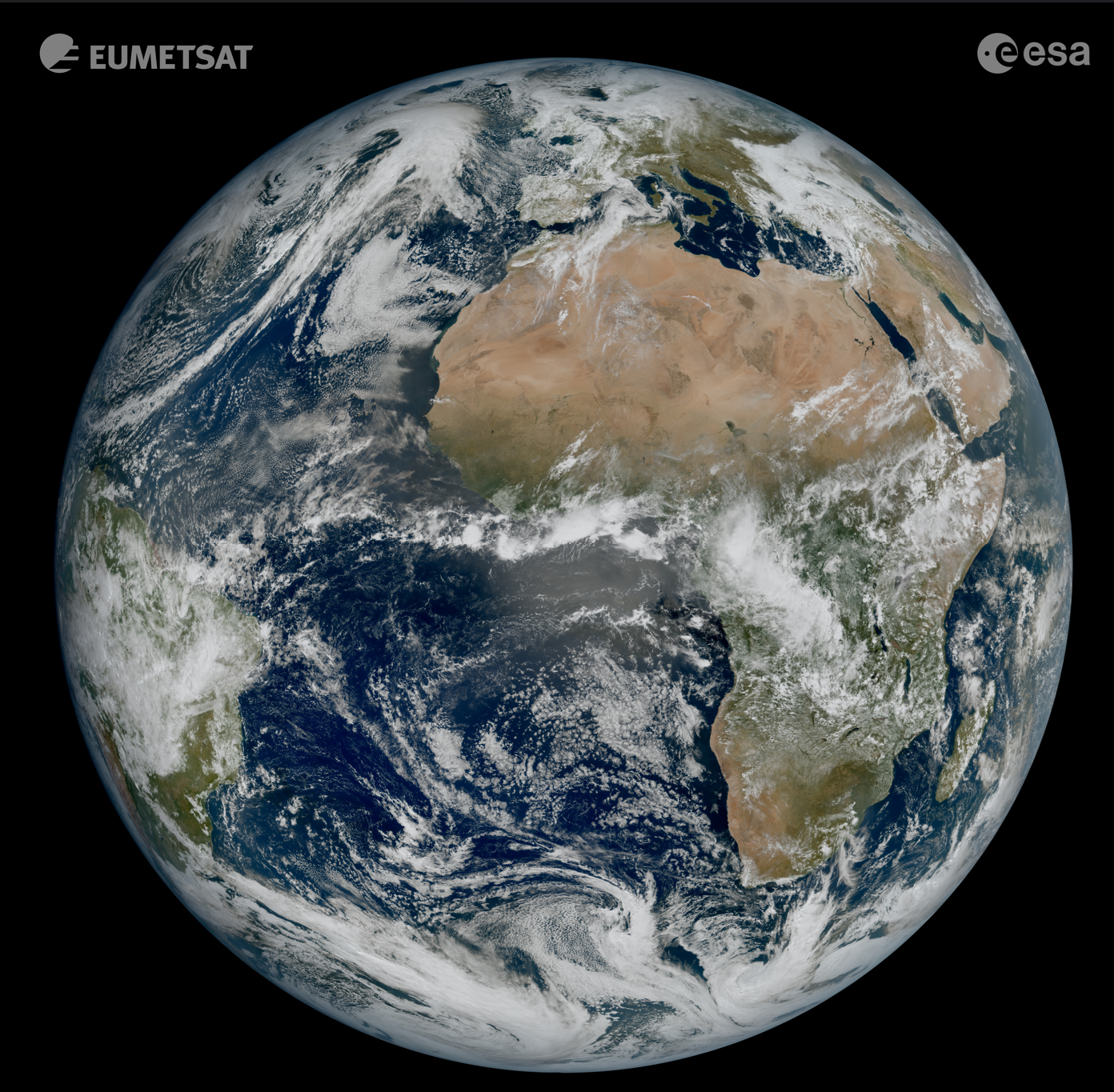Speaker
Description
The cadence of orbital launches has risen significantly in the past five years from about 100 to more than 250 events per year. This unprecedented growth is expected to continue at a 15% average annual rate. While there are existing and developing inventories for launcher emissions, they lack validation from atmospheric observations. Assumptions that would need verification are exhaust composition, formation of soot, afterburning effects including consumption of unburnt fuel and nitrogen oxides for-mation, and the immediate and downstream impact on atmospheric composition and radiation budget, especially on the ozone concentration. This information is essential to assess the environmen-tal and climate effects of space transport in the framework of life cycle assessment.
Within ESA’s FIREWALL project, several institutes of the German Aerospace Center (DLR) jointly ex-plored the state of the art, open questions, opportunities, requirements and challenges associated with atmospheric measurements of rocket emissions. Various observational platforms were considered, in-cluding aircraft, satellites, sounding rockets, balloons and ground-based instruments, each with their capabilities and focus areas. Research aircraft provide ample instrumentation and high flexibility of the flight path to sample both fresh and aged emission plumes, including the ambient atmospheric state and cloud effects, at altitudes up to the lower stratosphere. There have been earlier deployments, while expertise from the aviation world is expected to enable more precise and targeted observations. Ad-vancements In point source detection from satellites may be useful to sample whole column emissions of nitrogen oxides, carbon monoxide and carbon dioxide globally.
With the developed concepts of operations, FIREWALL should enter a second phase encompassing the demonstration of airborne measurements during an orbital launch. The mission should join forces of the leading international partners in the fields of atmospheric measurement platforms, instrumenta-tion and modelling. Target launchers can be current and development vehicles, including the emerging microlaunchers, with representative up-to-date propulsion technology. The observational capabilities are also suitable to study effects of powered decent of first stages and of re-entry emissions from de-orbiting material.

